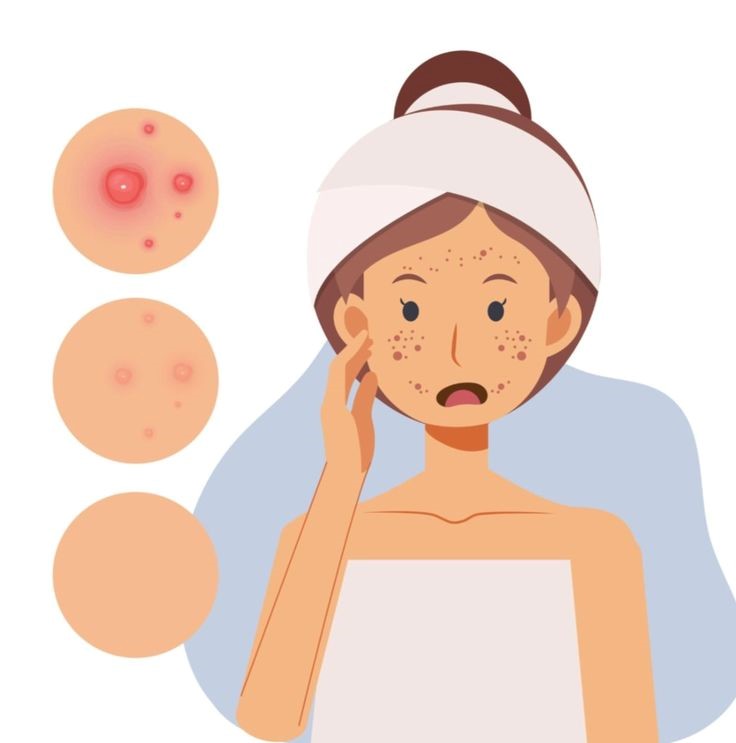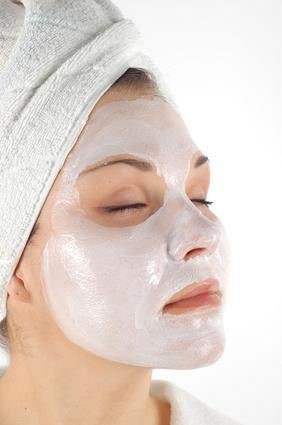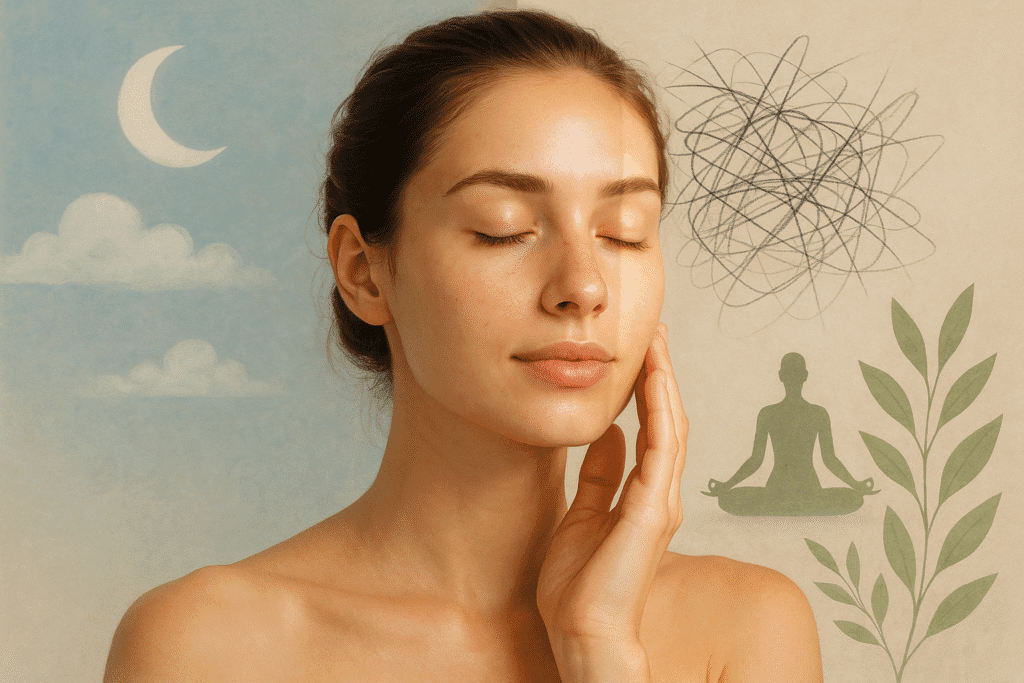Struggling with breakouts? Discover how natural remedies, healthy habits, and science backed solutions can clear your skin without harsh chemicals. Acne is more than a skin issue it’s a personal challenge that affects confidence and emotional well being. Whether you’re navigating teenage hormones or facing adult breakouts, many are seeking natural face care for acne as a safer, more sustainable approach to skincare.
Understanding the Root of Acne
Acne is primarily a skin condition that occurs when hair follicles become clogged with oil (sebum), dead skin cells, and bacteria. It often appears on the face, chest, shoulders, and back where sebaceous glands are most active.

The root causes of acne include:
1. Overproduction of Sebum (Skin Oil)
Sebum is the natural oil produced by sebaceous glands in your skin. Its primary role is to keep the skin moisturized and protect it from external pollutants. However, when too much sebum is produced often due to hormonal fluctuations, stress, or genetics it can mix with dead skin cells and clog pores. This oily environment becomes the perfect breeding ground for acne-causing bacteria, leading to inflammation and breakouts. Teens and people with hormonal imbalances often experience increased sebum production.
2. Build-up of Dead Skin Cells in Pores
Your skin constantly renews itself, shedding old cells so new ones can rise to the surface. But sometimes, these dead skin cells don’t shed properly. Instead, they stick to the skin’s surface or become trapped in pores, especially when mixed with excess oil. This clogging process creates the perfect conditions for pimples to form. Exfoliating the skin with natural, gentle ingredients can help prevent this build-up without causing irritation.
3. Growth of Acne Causing Bacteria
The bacteria Cutibacterium acnes (formerly known as Propionibacterium acnes) naturally live on the skin. In small numbers, they’re harmless. But when pores become clogged with oil and dead skin, these bacteria multiply quickly inside the blocked follicle. This triggers an immune response, leading to redness, swelling, and pus filled pimples. Natural ingredients like tea tree oil and green tea have antibacterial properties that can help control these bacteria without disrupting the skin’s balance.
4. Hormonal Changes
Androgens, particularly during puberty, menstruation, pregnancy, or hormonal disorders, increase sebum production. This hormonal imbalance is a common driver of acne.
Building a Natural Skincare Routine
A consistent, gentle routine can help balance skin and prevent breakouts.
Morning Routine
-
Cleanse with Raw Honey or Rose Water
Start your day by cleansing your face with raw honey or rose water. Raw honey has natural antibacterial and anti-inflammatory properties, while rose water soothes and refreshes the skin without stripping away natural oils. -
Tone with Witch Hazel
Apply witch hazel using a cotton pad or your hands. Witch hazel is a natural astringent that helps tighten pores, reduce inflammation, and remove any remaining impurities. -
Moisturize with Aloe Vera Gel
Aloe vera gel hydrates the skin without clogging pores. It also has soothing and healing properties, making it ideal for calming acne and reducing redness. -
Protect with Mineral Based Sunscreen
Use a non comedogenic, mineral based sunscreen with zinc oxide or titanium dioxide. These provide broad spectrum protection while being gentle on sensitive or acne-prone skin. - Omega-3s + Mediterranean Diet: A 16-week study showed significant acne reduction with anti-inflammatory foods and supplements.
Night Routine
-
Remove Makeup with Micellar Water
Use micellar water to gently remove makeup, dirt, and excess oil. It cleanses without harsh rubbing and is suitable for sensitive or acne-prone skin. -
Cleanse with a Gentle Natural Cleanser
Follow up with a natural, gentle cleanser that does not contain harsh chemicals or fragrances. This ensures your skin is thoroughly clean without irritation. -
Spot Treat with Diluted Tea Tree Oil
Apply diluted tea tree oil directly to blemishes using a cotton swab. Tea tree oil is known for its antibacterial properties and can help reduce acne causing bacteria and inflammation. -
Hydrate with Jojoba or Rosehip Oil
Finish with a few drops of jojoba or rosehip oil. Jojoba oil mimics the skin’s natural sebum, helping regulate oil production, while rosehip oil promotes skin regeneration and reduces acne scars. - Spearmint Tea: Reduces androgens that cause hormonal acne. A 2015 pilot study found a 51% drop in acne lesions after drinking two cups daily for 3 months.
Herbal Remedies and Essential Oils
Natural botanicals have long been used for skin healing.
Highly effective herbal options
- Neem: Antibacterial; helps clear skin when used as toner or mask.
- Green Tea: Contains catechism that reduce sebum and inflammation.
- Calendula: A gentle herb that calms redness and promotes healing.
Safe Use of essential oils
- Lavender, rosemary, and frankincense: Help reduce inflammation and fade scars.
- Always dilute with carrier oils like jojoba (1–2 drops per tsp) and patch test before full use.
Homemade Masks
- Turmeric and Honey Mask: Reduces inflammation and fights bacteria. Mix ½ tsp turmeric with 1 tbsp raw honey and apply for 15 minutes.
- Clay and Apple Cider Vinegar Mask: Detoxifies skin and balances pH. Ideal for oily, acne-prone skin once or twice weekly.

Teen vs Adult Acne: What to Know
|
Aspects |
Teen Acne |
Adult Acne |
| Primary Cause | Hormonal changes during puberty | Stress, hormonal imbalances, cosmetics, lifestyle factors |
| Common Age Range | 12–19 years | 25 years and older |
| Location on Face | Mostly T-zone (forehead, nose, chin) | Often on jawline, chin, and cheeks |
| Skin Type | Typically oilier due to active sebaceous glands | Can be dry, oily, or combination |
| Breakout Type | Whiteheads, blackheads, and occasional pustules | Deep cysts, nodules, persistent inflammation |
| Scarring Risk | Moderate (if untreated or picked) | Higher due to slower skin regeneration |
| Best Natural Remedies | Tea tree oil, aloe vera, chamomile | Rosehip oil, lavender oil, spearmint tea, omega-3s |
| Treatment Approach | Focus on oil control and gentle cleansing | Emphasis on hormone regulation, hydration, and skin barrier repair |
Nutrition and Hydration
Your skin reflects your internal health. What you eat and drink matters.
- Drink plenty of water to flush out toxins and keep your skin hydrated.
- Eat more leafy greens, omega-3-rich seeds, and zinc-rich foods like pumpkin seeds.
- Avoid sugar, dairy, and refined carbs, which are linked to hormonal and inflammatory acne.
Stress, Sleep, and Lifestyle
Chronic stress raises cortisol levels, which in turn boosts oil production and inflammation. Mindfulness practices, breathing exercises, and short walks can help regulate stress levels naturally.

Getting enough sleep (7-9 hours) each night is also crucial. Skin regenerates during sleep, and disrupted sleep can worsen hormonal imbalances.
Small lifestyle tweaks like washing your pillowcases frequently, cleansing your skin after workouts, and avoiding face-touching throughout the day can significantly reduce bacterial transfer.
Adjusting for the Seasons
Skin needs change with the weather. In summer, opt for light, water-based moisturizers and calming toners. In colder months, switch to richer creams with ingredients like shea butter and almond oil to keep skin hydrated and protected.
Conclusion
Choosing natural face care for acne is a commitment to gentle, sustainable healing. With consistent routines, healthy lifestyle choices, and ingredients backed by science, clearer skin is achievable without compromising your health.
Trust in nature. Trust in the process. Your skin is ready to thrive.
FAQs
Can natural remedies cure acne?
They can significantly reduce breakouts, especially mild to moderate acne. Severe acne may still require professional treatment.
How long does it take to see results?
Most users notice improvements within 4–6 weeks of consistent use.
Is tea tree oil safe?
Yes, when properly diluted. It’s one of the most effective essential oils for acne.
What role does diet play?
A major one. Diets high in dairy and sugar worsen acne, while plant-based and anti-inflammatory diets improve skin.
Does spearmint tea really help with hormonal acne?
Yes! Clinical evidence supports its role in reducing androgens, which directly impact acne development in women.

 Medically reviewed by
Medically reviewed by